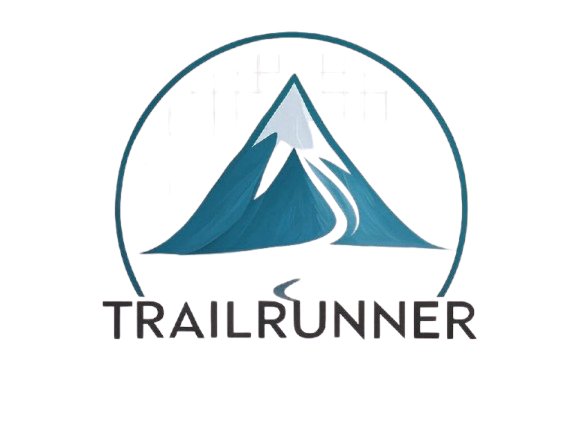Over the past year, I have put a big focus on fixing my running form. The results I have had are incredible: far less injuries, increased speed and higher performance. In this post, I will detail some of the most important things I have learned, and hopefully they can help others in some way.
Foot focus
I used to land more heavily on the outside of my foot when running, a typical sign of underpronation. The foot should land flat, not on the outside of the foot nor on the inside of the foot. Weight should be evenly distributed across the width of the foot.
Initially, my feet were angled outwards with the left more than the right. As much as is natural, the feet should land straight facing directly forwards, not angled inward or outwards. Naturally, my left foot is slightly angled outwards but by no more than a few degrees.
A more recent discovery is that you should not be pushing off at the end of your stride. Instead of pushing from your foot, you pull using your hamstrings and bringing your foot to the start of the stride that way.
After making these two changes, there was quite an adjustment phase. Muscles that had grown to support my previous running style were no longer used, and muscles not previously used had to now strengthen to support the new running style.
Stride Focus
Your running stride should follow all the way through, with your legs extending almost straight behind you. Your feet should land directly beneath your hips, so stride length comes from the extension backwards. Cadence should be kept as high as you can, the recommended is 180spm, but cadence can be built up to reach this level. The focus should be on short, efficient strides with stride distance determined by the amount of power each stride brings.
Muscle focus
Through months of light rehabilitation and fixing my form, I have focused on which muscles get used and in what order. I have found that by focusing on the muscles used, you can increase your efficiency and improve your speed and strength greatly. The order is more or less as follows:
- Hip flexors: pushing your legs down
- Quads: forward motion
- Hamstrings: forward motion
- Glutes: tightening to finish the stride
- Hamstring: to pull the foot up
Exercises were done to target individual muscle groups and strengthen them as well as any imbalances. Foam rolling was also key in getting the correct muscles to work in the correct way. When muscles were tight they would cause "niggles", sometimes impairing running form and ability. When you foam roll, these are stretched out and it helps immensely.
In terms of how much each muscle group should be used, I've found that a 30/70 split between front (hip flexors, quads) and back (hamstrings, glutes) is a good mix. This can be moved up towards a 20/80 split.
After starting from scratch with the change in form, I had to go right back to basics. I stopped running for around 4 months while muscles strengthened and my form was fixed. During this time I worked up to running 2km at most while doing many stretches and muscle specific exercises. Starting at the beginning again was very difficult, but the results have been incredible to date. I've slowly increased my mileage, and after five months I'm up to 50km minimum weeks, with long runs of 20+km with no injuries. This is coming from running 7/8km and having pain in my feet for days and weeks afterwards.
If you would like to run faster for longer, in terms of distance and years, I highly recommend focusing on the above. Working from correct foundations is the best way to ensure longevity with running. I have a fantastic biokinetikist Anca Wessels who helped me fix my form, and highly recommend her to anyone with any ailments, particularly running related. You can get in touch with her here.
I hope you found some of this information helpful, thanks for reading!


